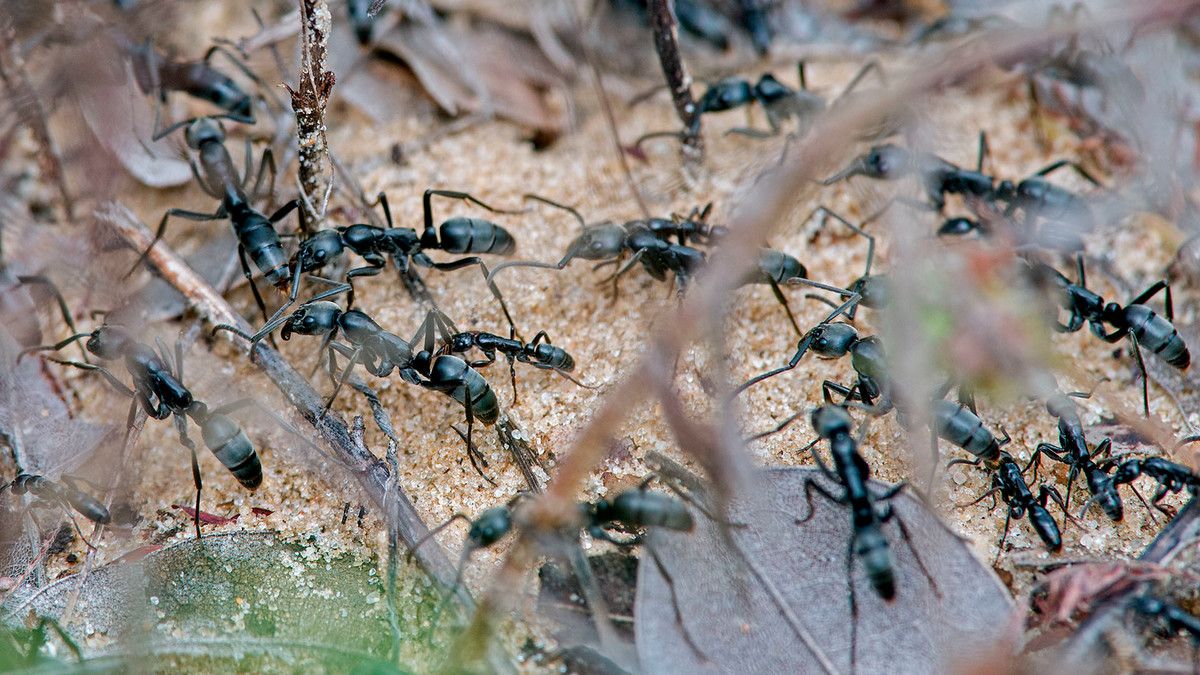Do other species have healthcare? Scientists have determined that at least Matabele ants, a species of ant found in sub-Saharan Africa, do. While you won’t find these ants using insurance or scheduling appointments with specialists, they nevertheless have figured out a sophisticated system for identifying infected wounds and treating them.
Matabele ants often receive wounds when trying to wrangle termites, which is the species only food source. In fact, it is not uncommon for many Matabele ants to be injured in battles with the very aggressive termites. Even for those who escape with only a wound, the battles can be fatal because of infection.
The secret to how the ants get around this problem is the ants’ exoskeleton or cuticle. The cuticle is an important part of any insect and is composed of many compounds, such as hydrocarbons, that can communicate species type, fertility, age, and even what colony an ant belongs to. When an ant is attacked by a termite, it is the cuticle that tends to be damaged and removing a protective layer that prevents infection. But scientist have observed that when the cuticle becomes infected, the hydrocarbon structures of it change significantly, signaling to the other ants in its colony that there is a problem.
The treatment? The ants produce over fifty antimicrobial compounds in glands on the side of their thorax. Because of the change in cuticle, other ants can identify the infected ant and treat them with the antimicrobial secretions. The antimicrobial is so effective that it reduces infection-related death by around 90%! Now that’s what I call a good healthcare!










